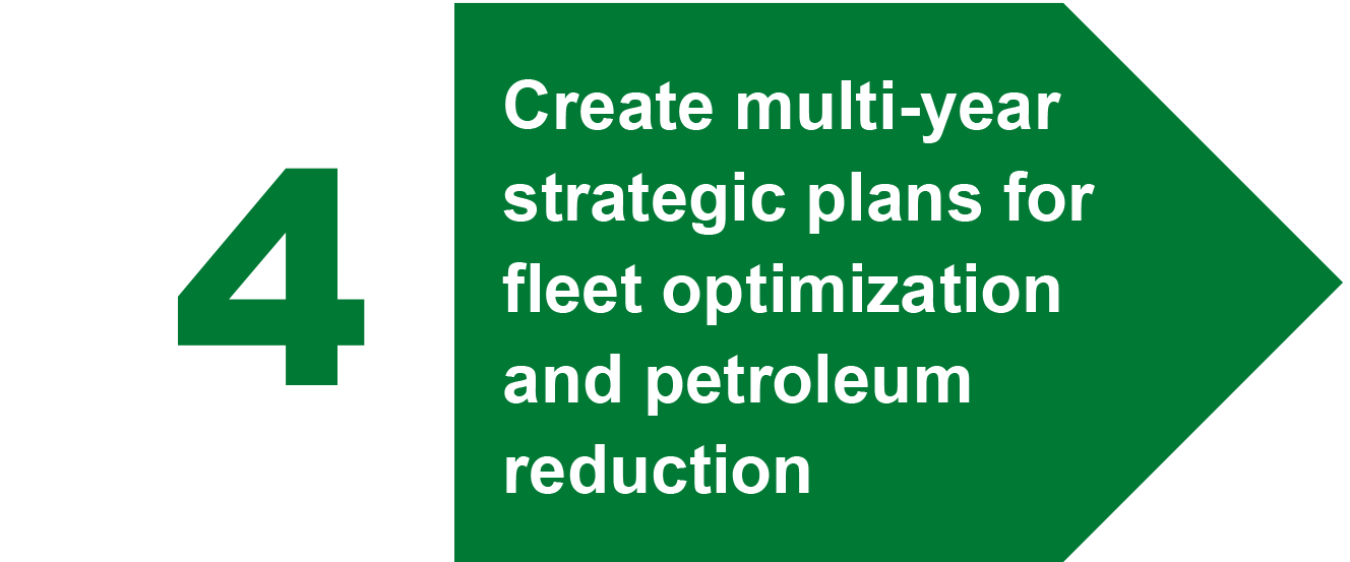Step 4 of the site-level federal fleet ZEV Ready process includes aligning site location planning with the agency’s overall Fleet Sustainability Plan.
Navigate the ZEV Ready Process
| Planning Phase Steps |
|---|
| 1. Identify and coordinate team |
| 2. Review training materials |
| 3. Review requirements and data |
| 4. Align headquarters strategy with site planning |
| 5. Identify ZEV opportunities (5 years) |
| 6. Identify EVSE opportunities (5 years) |
| 7. Coordinate site financial planning with headquarters |
Return to the ZEV Ready Center to see all 15 steps.
Primary Audiences
 | Agency Headquarters Fleet Managers |
 | Site ZEV Champions |
 | Site Location Fleet Managers |
The agency headquarters fleet managers, site ZEV champion, and site location fleet managers are the primary audiences for this process step.
The agency headquarters fleet managers, supported by the site ZEV champion and site location fleet managers, are responsible for aligning EV implementation with the agency’s overall fleet plans and the Agency Fleet Sustainability Plan.
Overview: Align Headquarters Strategy with Site Planning
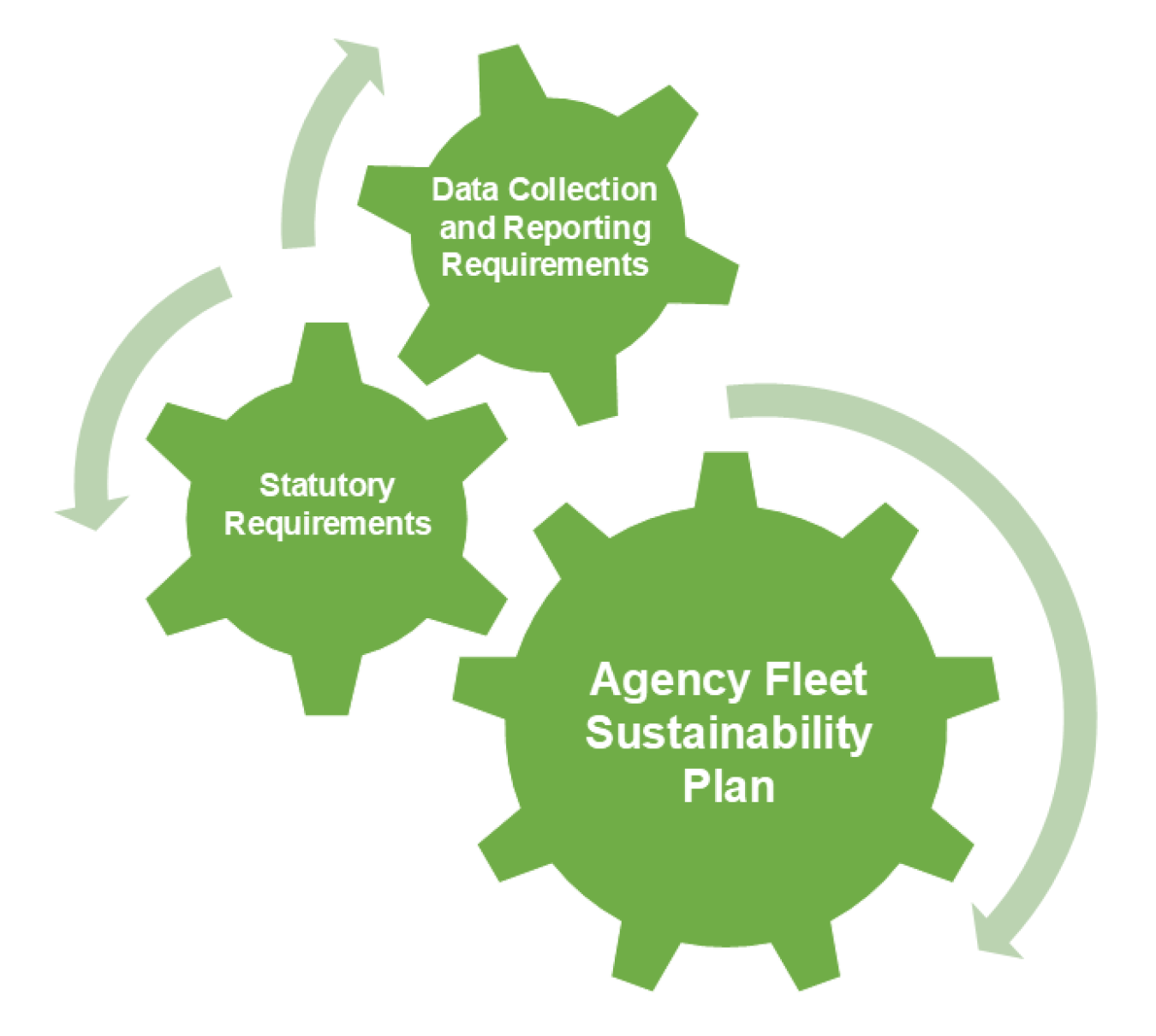
This section discusses how agency headquarters and individual sites should coordinate in developing fleet management strategies and plans, and align overall EV planning with the federal fleet sustainability requirements, using data collected, managed, and reported on existing fleet operations, as discussed in Step 3, Review Requirements and Data.
Each year, agencies should develop and refine their long-term Sustainability Plans for fleets across the agency in their annual Agency Fleet Sustainability Plan. Effective agency fleet management plans are data-driven, informed by accurate and effective fleet data collection and reporting. Effective collaboration and coordination allow agency headquarters to successfully translate strategic plans into execution at each site. This may include establishing program management offices to manage fleets across their site locations and creating agencywide EV deployment policies, standards, and best practices for actions while providing autonomy to sites to tailor solutions to their specific requirements and characteristics.
Annual Agency Fleet Sustainability Plans
The Energy Independence and Security Act (EISA) Section 142 requires agencies to develop a fleet plan to meet the required petroleum reduction and alternative fuel increase levels, similar to the fleet component of an agency’s Sustainability Plan. The plan details the overall fleet sustainability component goals and specific strategies and measures it will implement to achieve the EISA Section 142 petroleum reduction and alternative fuel use targets and other relevant fleet requirements, including implementation dates.
The annual Agency Fleet Sustainability Plan requirements are detailed on the Federal Fleet Requirements Resource Center.
It is critical that agencies align overall fleet management planning with their strategies to meet federal fleet sustainability requirements, using data collected, managed, and reported on existing fleet operations.
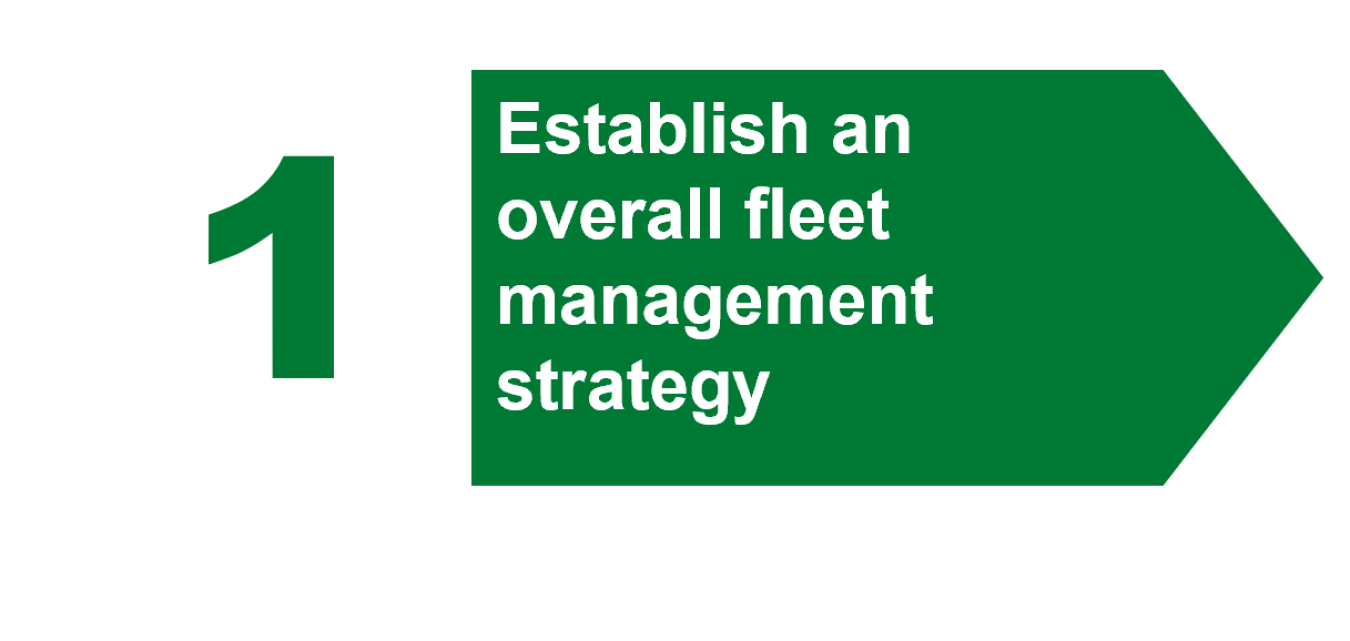
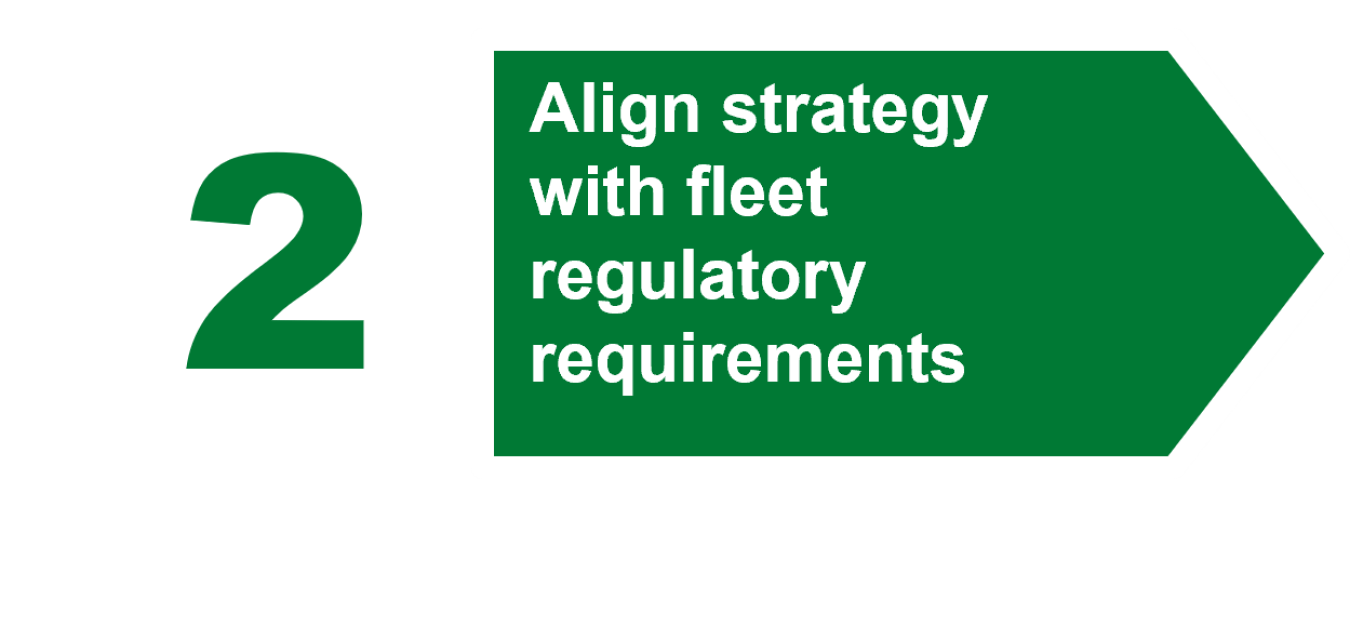
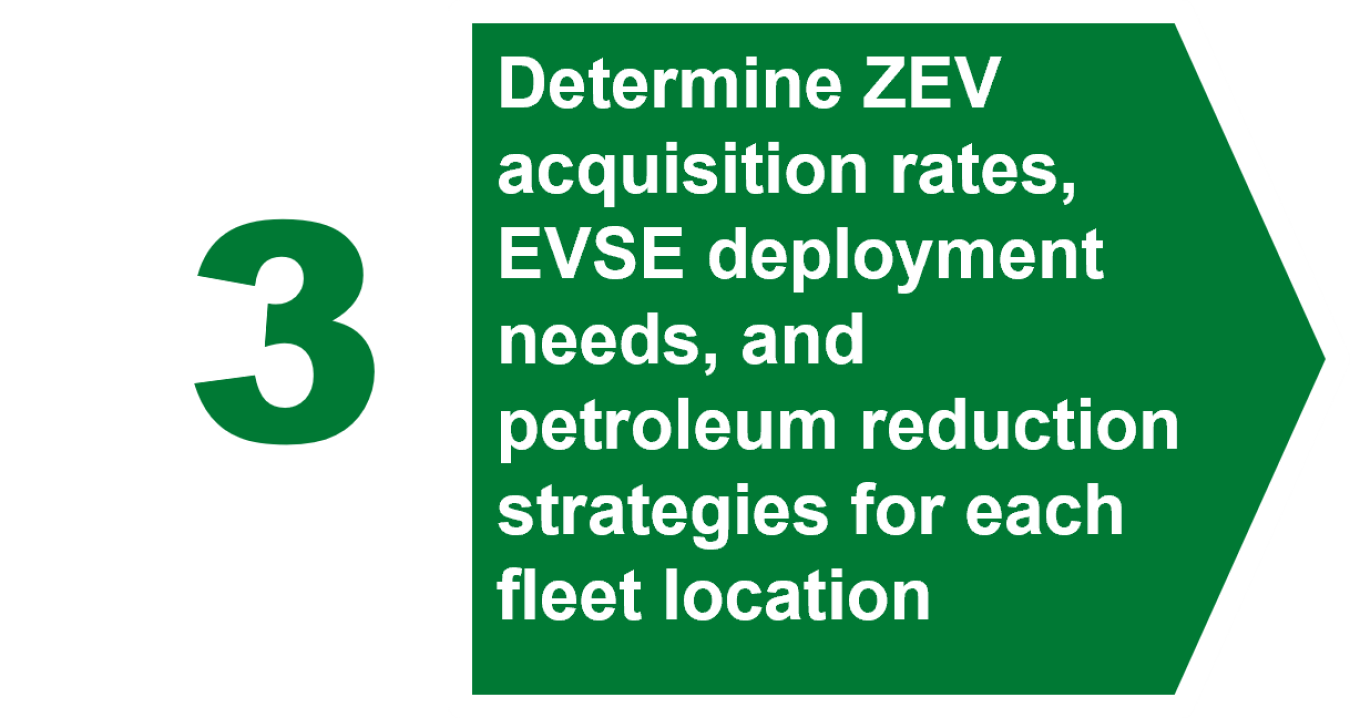
1. Establish an overall fleet management strategy.
Agency headquarters fleet managers should begin evaluating EV implementation opportunities by assembling a baseline fleet profile. This involves constructing a database for each fleet vehicle that includes the vehicle characteristics (e.g., age, type, standard item number, fuel type, etc.), location, operations, and mission data elements necessary to evaluate suitability for EV implementation. This is prepopulated in the Zero-Emission Vehicle Planning and Charging (ZPAC) tool based on reviewing fleet data in the Federal Automotive Statistical Tool (FAST) and the Fleet Sustainability Dashboard (FleetDASH). FleetDASH also contains an Alternative Fuel Vehicle (AFV) Screening Tool with most of the necessary data for General Services Administration (GSA)-leased vehicles.
2. Align strategy with fleet regulatory requirements.
After setting an overarching fleet management vision and goals, the agency should establish quantifiable annual targets for zero-emission vehicle (ZEV) acquisitions. ZEVs can help the agency reduce fleet petroleum use (42 U.S.C. § 6374e(a)(2)), increase alternative fuel use (42 U.S.C. § 6374e(a)(2)), acquire AFVs (42 U.S.C. § 13212(b)) and low-greenhouse gas (GHG) emitting vehicles (42 U.S.C. § 13212(f)(2)), install renewable fueling infrastructure (42 U.S.C. § 17053(a)), and achieve other required or important targets to the agency. The agency can use these targets to evaluate how ZEV acquisition and petroleum reduction strategies both achieve the overall fleet management strategy and comply with statutory mandates.
3. Determine ZEV acquisition rates, electric vehicle supply equipment (EVSE) deployment needs, and petroleum reduction strategies for each fleet location.
To meet mission-critical needs and comply with all federal goals and mandates, an agency should evaluate:
- The suitability and feasibility of EV implementation
- The appropriate combination of the four core principles of petroleum reduction at each fleet location.
This includes determining the best vehicle ZEV candidates and associated locations to deploy supporting EVSE. Details on the process and tools to evaluate ZEV opportunities, including using replacement cycle analyses, identifying ZEV candidates using specific criteria, looking at site locations for EVs and supporting charging infrastructure, and agency review at both the headquarters and local level are discussed in Step 5: Identify ZEV opportunities and Step 6: Identify EVSE opportunities.
4. Create multiyear strategic plans for EV implementation and petroleum reduction.
As required by EISA Section 142 (42 U.S.C. § 6374e(b)), each federal agency must develop an annual Fleet Sustainability Plan. Within the Sustainability Plan, the agency aligns annual targets for ZEV acquisition and EVSE deployment with other planned petroleum reduction strategies and tactics for each fleet location, a project’s estimated reductions in petroleum consumption and increases in alternative fuel consumption to be achieved by each specific measure, and estimates compliance with federal fleet sustainability requirements.
Using Fleet Data To Inform EV Implementation Strategies
Fleet managers may use fleet data to:
- Identify potential candidate vehicles for replacement with ZEVs, including analysis of vehicle suitability, availability, and alignment with vehicle operating characteristics and mission needs
- Inform the selection, siting, and installation of EVSE at federal facilities
- Assess current progress in EV implementation, both overall and at each fleet location
- Evaluate the historical effectiveness of EV implementation strategies at each fleet location.
Agencies may use multiple systems to review ZEV acquisitions, inventories, fuel use, mileage, and charging infrastructure data, including the following systems.
The agency's fleet management information system should be the primary repository for data on the entire agency fleet vehicle inventory, including ZEVs, as well as the fuel use (including electricity) and mileage of each of those vehicles. Federal Management Regulation Section 102-34.340 requires that each federal agency “must have a fleet management information system that: (a) identifies and collects accurate inventory, cost, and use data that covers the complete lifecycle of each motor vehicle (acquisition, operation, maintenance, and disposal); and (b) provides the information necessary to satisfy both internal and external reporting requirements including: (1) cost per mile; (2) fuel costs for each motor vehicle; and (3) data required for FAST (see § 102–34.335).”
GSA's Federal Fleet Management System (FedFMS) is a vehicle asset management system specifically designed for the management of federal agency-owned vehicles. FedFMS provides the information necessary to satisfy regular reporting requirements and data required for FAST.
GSAFleet.gov is a GSA-maintained system containing information on each vehicle registered to a federal government agency.
Federal agencies are required to use FAST to report accurate fuel consumption, mileage, cost, inventory, and acquisition data on each agency vehicle (including ZEVs) for each fiscal year—the reporting period begins on the first of October and ends on approximately December 15 following each fiscal year. Evaluating inventory, fuel use, and mileage data in FAST allows agencies to identify potential candidates for ZEV replacement by analyzing vehicle and operating data.
FleetDASH is an online tool that provides federal fleet managers the capacity to track agency fleet fuel consumption, GHG emissions, vehicle usage patterns, and vehicle inventories at the asset level and at regular intervals. In evaluating federal operations, FleetDASH augments FAST by providing more detailed analysis of vehicle operating data to determine suitability for EV implementation.
Identifying ZEV Opportunities
Fleet managers should consider focusing on vehicle operating characteristics when selecting which ZEVs to acquire, but the vehicle acquisition process cannot be undertaken without planning for EVSE. Timing should focus on ensuring that the EVSE will be operational once the ZEV enters service at the fleet location. At a high level, these are the two steps to consider when identifying ZEV opportunities:
- Identify optimal ZEV candidates based on fleet operational and location characteristics. Evaluate operating characteristics for each vehicle candidate, including average and maximum daily driving range, route, and driving cycle, to determine whether a ZEV can meet the vehicle mission needs. Determine availability of battery electric vehicles (BEVs) or plug-in hybrid electric vehicles (PHEVs) to replace conventional-fueled vehicles. Ensure that replacement options will serve the agency’s and vehicle’s mission and that charging requirements do not place undue burden on fleet operations.
- Determine EVSE needs. The type of infrastructure needed depends on the types of ZEVs procured and the vehicle’s charging requirements (e.g., frequency of charging sessions, length of charging session versus dwell time). BEVs and PHEVs both require EVSE to charge. However, EVSE needs are different for each of these vehicle types. Some BEVs, which usually have larger batteries, may require higher-level EVSE (e.g., Level 2) compared to some PHEVs, which may only need lower-power charging (e.g., Level 1). Charging equipment can vary based on operating characteristics, size of batteries, and charging cycle.
Becoming ZEV Ready

As part of the Commitment Ready component of the ZEV Ready certification, the site ZEV champion and site location fleet managers should coordinate with the agency headquarters fleet managers in completing the annual Agency Fleet Sustainability Plan, including analyzing fleet data to inform fleet management strategies. Both headquarters and sites should focus on alignment and coordination to successfully translate strategic plans into execution at each site.
| PHASE | ZEV READY | STEP | ACTIONS |
|---|---|---|---|
| PLANNING |  Commitment Ready Commitment Ready | 4. Align Headquarters Strategy with Site Planning | ✔ The site ZEV champion and site location fleet managers should coordinate with the agency headquarters fleet managers to complete the annual Fleet Sustainability Plan, including analyzing fleet data to inform EV implementation strategies. |
Previous Step
Go back to Step 3: Review Requirements and Data.


